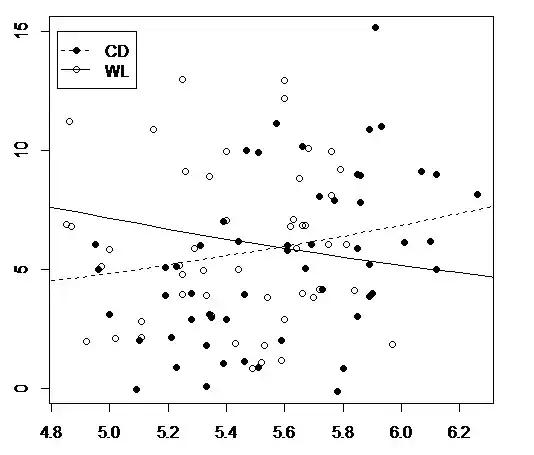I looking for examples where someone has graphed the results of a simple linear regression model where the dependent variable is continuous and the predictor variable is categorical with more than two categories.
For example, predicting mean temperatures from 3 different types of ovens.
I am finding plenty of graphed examples with two categories, but none with 3 or 4 categories. I would like to visually know what the model would look like on the data.
Thanks.
